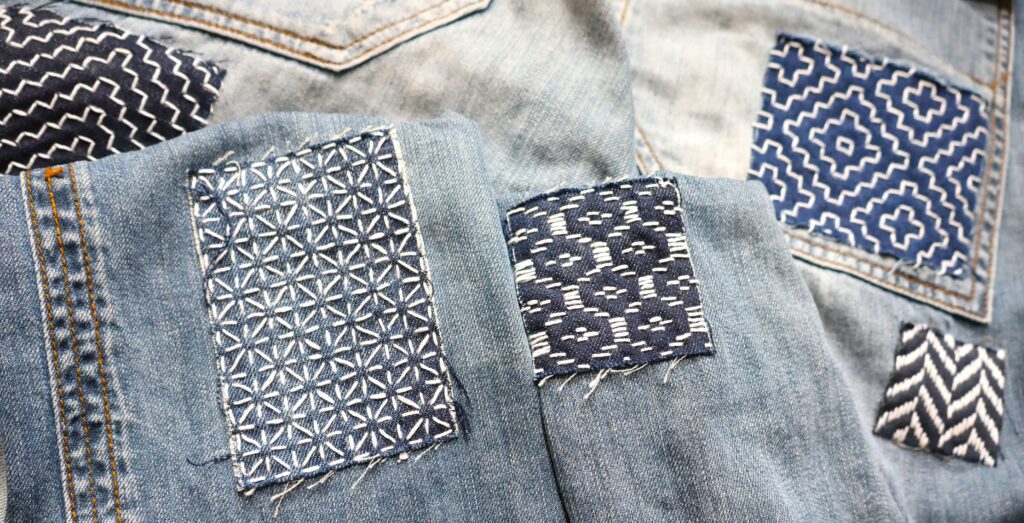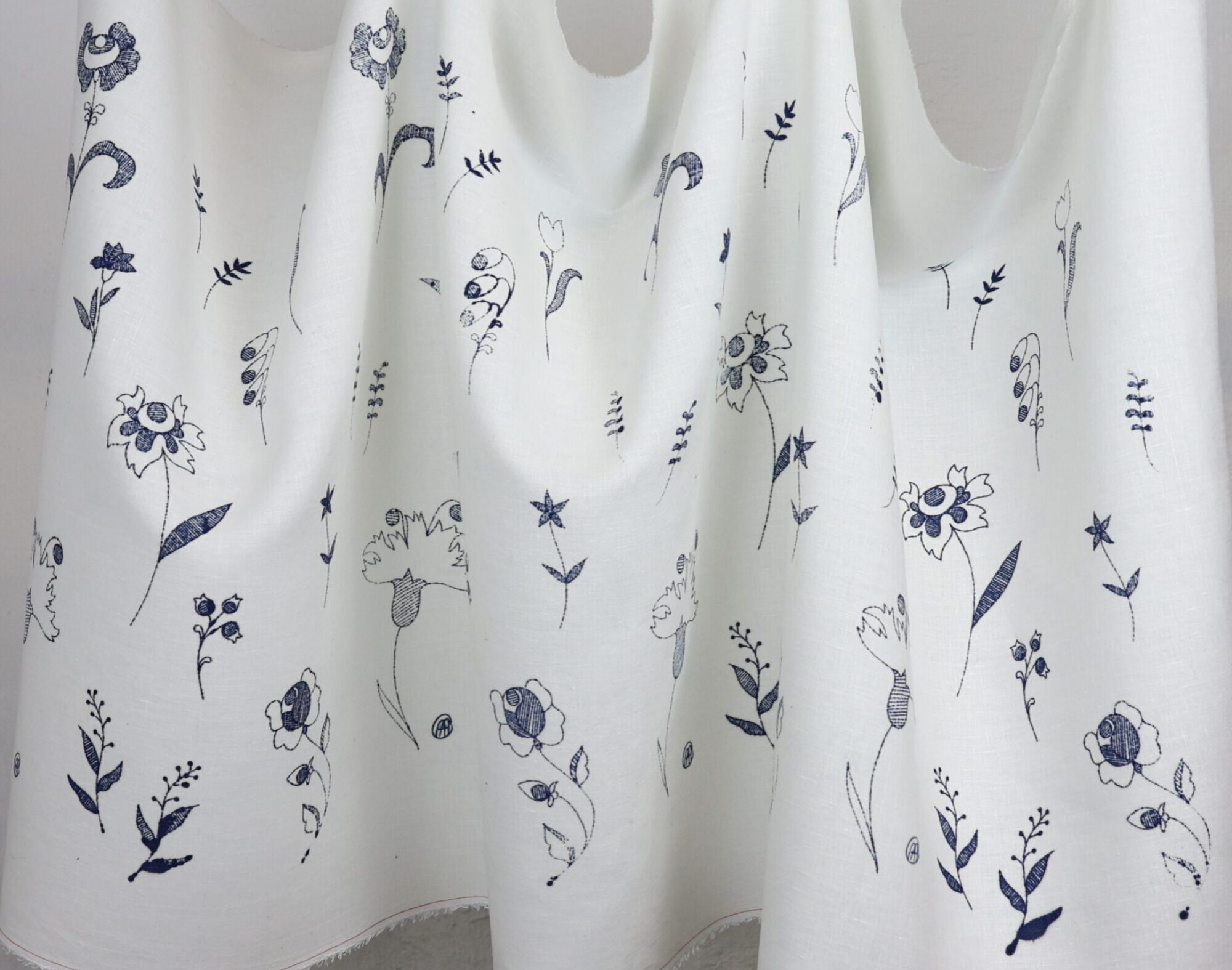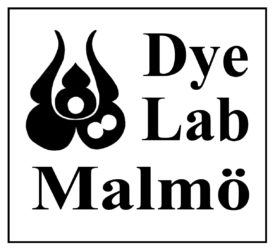Repairing your jeans with the W’Hole Kit – Basic instructions for denim repair with pre-printed Sashiko patterns
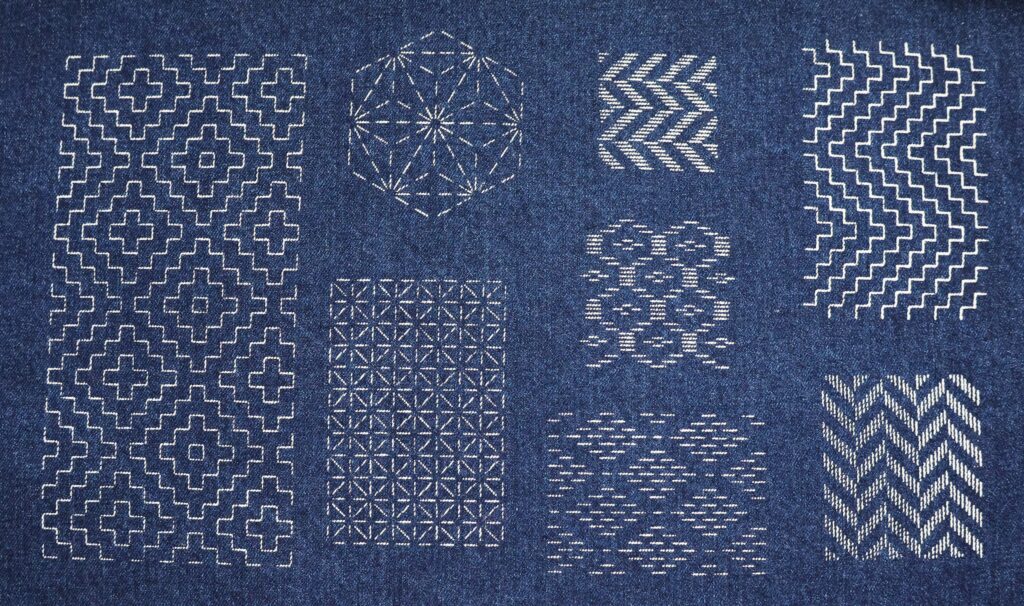
The thread in the kit is the traditional Sashiko thread and the two needle are sharp and strong to suit the purpose.
The pattern is printed especially for Sashiko stitching so it doen’t come off your while you stitch, but it washes off with warm water (sometimes a bit of soap or detergent is needed too). So don’t wash the pattern before you are ready with the stitching!
The denim in the kit is pre-washed, but please don’t wash it higher than 40°C.
Denim is tighter woven than the fabrics traditionally used for Sashiko and usually it’s thicker, so when mending your jeans a few things can help you:
-Stitch max. 2-3 stitches at a time.
-Wear the palm thimble, it helps you to push the needle through the layers and protects your hand.
-Choose the right needle, in the kit there´s a shorter and a longer needle, when mending your jeans sometimes it can be tricky and a shorter needle can help you to access the damaged area easier.
-Check the back side of the fabric after each row, in case there’s an extra loop or knot in the thread. It’s easier to adjust the thread a row at a time!
– Don´t forget that your jeans/denim is going to be washed and the thread will shrink a bit so leave some extra thread when changing directions/rows, but not too much so your fingers can get caught in it.
-Make sure you don’t sew accidently two layers, mending jeans can be a bit tricky, so take your time.
A Sashiko needle is held differently than other embroidery needles. It can take a little time to get used to it, but I promise it´s worth the hassle in the beginning.
On the picture below I’m showing you how the Sashiko needle is held by using a thimble with a plate.
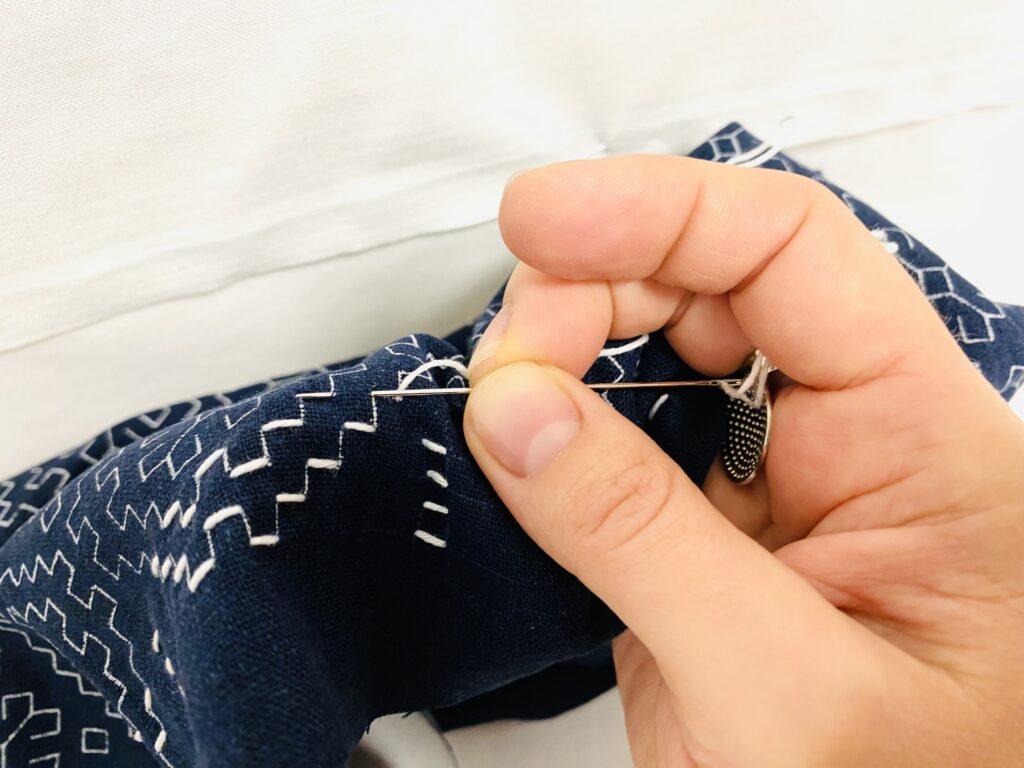
Here’s a short video of mending my jeans. One of my hand is in the pocket to make sure I’m not sewing it up.
Here are some of the patterns ready stitched. You can cut the patterns to size if you need to, but have it in mind how the patterns finishes at the edges, you want more stitches around the edges.
